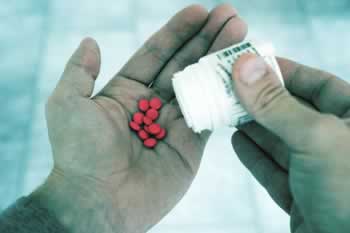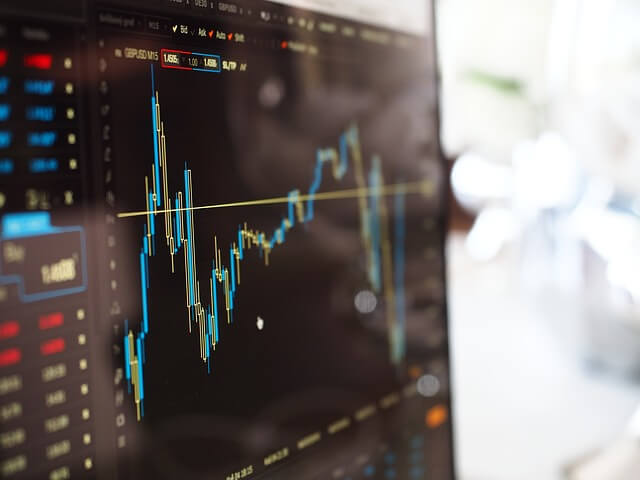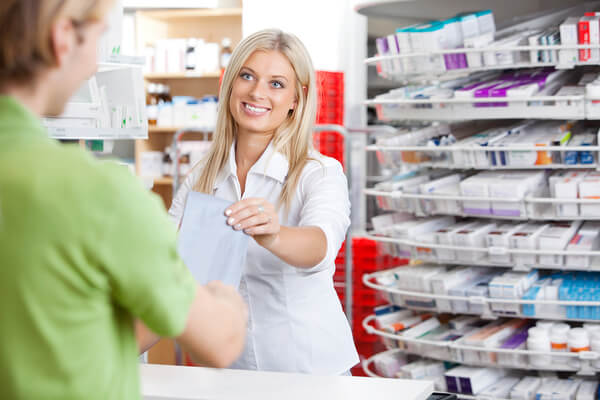Some Biosimilars Are Just as Good as Some Pricey Biologics: A Game-Changer in Healthcare
In the world of medicine, we’re constantly seeking ways to improve patient care while managing costs. Enter biosimilars – a revolutionary class of drugs that’s shaking up the pharmaceutical industry. But what exactly are biosimilars, and how do they stack up against their more expensive counterparts? Let’s dive into this fascinating topic and explore why some biosimilars are proving to be just as effective as pricey biologics.
Understanding Biologics and Biosimilars
What Are Biologics?
Biologics are complex medications derived from living organisms. These powerful drugs have transformed the treatment of many serious diseases, including cancer, rheumatoid arthritis, and diabetes. However, their complexity comes with a hefty price tag, often making them inaccessible to many patients.
Enter Biosimilars
Biosimilars are like the “generic” versions of biologics. They’re designed to be highly similar to existing approved biologics, offering the same therapeutic benefits at a fraction of the cost. But here’s the million-dollar question: can they really match up to the originals?
The Science Behind Biosimilars
Molecular Mimicry
Biosimilars are created to mimic the structure and function of the original biologic as closely as possible. It’s like trying to recreate a masterpiece painting – the goal is to get so close that even experts have trouble telling them apart.
Rigorous Testing
Before a biosimilar hits the market, it undergoes extensive testing to ensure its safety and efficacy. This isn’t just a quick comparison – we’re talking about years of research and clinical trials.
Comparing Biosimilars to Biologics
Efficacy Studies
Numerous studies have shown that many biosimilars perform just as well as their reference biologics. For instance, biosimilars for drugs like infliximab and trastuzumab have demonstrated comparable efficacy in treating conditions such as rheumatoid arthritis and breast cancer[1].
Safety Profiles
When it comes to safety, biosimilars have proven to be on par with biologics. Regulatory agencies like the FDA and EMA have strict guidelines to ensure that biosimilars meet the same high standards as the original drugs.
The Cost Factor
Breaking Down the Price Difference
One of the most significant advantages of biosimilars is their cost. On average, biosimilars can be 15-30% cheaper than their biologic counterparts. This price difference can mean the difference between a patient receiving treatment or going without.
Impact on Healthcare Systems
The introduction of biosimilars has the potential to save healthcare systems billions of dollars. This could lead to improved access to these life-changing treatments for more patients.
Real-World Success Stories
Oncology Breakthroughs
In cancer treatment, biosimilars have made waves. For example, biosimilar versions of trastuzumab have shown equivalent efficacy in treating HER2-positive breast cancer, offering hope to more patients at a lower cost.
Autoimmune Disease Management
Patients with conditions like rheumatoid arthritis and psoriasis have also benefited from biosimilars. These drugs have provided effective treatment options without compromising on quality.
Challenges and Controversies
Perception Issues
Despite their proven efficacy, some patients and healthcare providers remain skeptical about biosimilars. It’s like when generic foods first hit the market – people were wary, thinking they couldn’t possibly be as good as the brand names.
Regulatory Hurdles
The approval process for biosimilars can be complex and time-consuming. Striking the right balance between thorough vetting and timely approval is an ongoing challenge.
The Future of Biosimilars
Expanding Treatment Options
As more biosimilars enter the market, we can expect to see a broader range of treatment options available to patients. This competition could drive innovation and potentially lead to even better drugs in the future.
Global Impact
The rise of biosimilars isn’t just a local phenomenon – it’s changing healthcare landscapes worldwide. From developed nations to emerging markets, these drugs are making a significant impact.
Patient Perspectives
Overcoming Skepticism
For many patients, the idea of switching to a biosimilar can be daunting. It’s crucial for healthcare providers to educate patients about the benefits and safety of these drugs.
Success Stories
“Switching to a biosimilar was a game-changer for me. Not only did it work just as well as my previous medication, but the lower cost meant I could actually afford to continue my treatment.”[2]
Personal accounts like these are powerful testaments to the real-world impact of biosimilars.
The Role of Healthcare Providers
Informed Decision Making
Doctors and pharmacists play a crucial role in the adoption of biosimilars. Their understanding and confidence in these drugs can greatly influence patient acceptance.
Monitoring and Reporting
Ongoing monitoring of biosimilars in clinical practice is essential. Healthcare providers are at the forefront of gathering real-world data on the long-term efficacy and safety of these drugs.
Regulatory Landscape
FDA Approval Process
The FDA has established a rigorous approval pathway for biosimilars, ensuring that they meet high standards of quality, safety, and efficacy.
European Experience
Europe has been at the forefront of biosimilar adoption, with many countries seeing significant cost savings and improved patient access to treatments.
Key Takeaways
- Biosimilars offer comparable efficacy and safety to original biologics at a lower cost.
- These drugs have the potential to significantly reduce healthcare costs and improve patient access to vital treatments.
- Real-world data and clinical studies support the use of biosimilars in various therapeutic areas.
- Overcoming perception issues and regulatory challenges is crucial for wider adoption of biosimilars.
- The future of biosimilars looks promising, with potential for expanding treatment options and global impact.
FAQs
- Are biosimilars exactly the same as biologics?
No, biosimilars are not exact copies of biologics. They are highly similar in terms of structure and function but may have minor differences due to their complex manufacturing processes. - Can I switch from a biologic to a biosimilar without any issues?
In most cases, switching is safe and effective. However, it’s important to consult with your healthcare provider before making any changes to your treatment. - How much money can I save by using a biosimilar?
The cost savings can be significant, typically ranging from 15-30% compared to the original biologic. However, exact savings can vary depending on the specific drug and your insurance coverage. - Are biosimilars available for all biologics?
Not yet. Biosimilars are currently available for some of the most widely used biologics, and more are in development. The availability varies by country and regulatory approval status. - Do biosimilars undergo the same rigorous testing as original biologics?
Yes, biosimilars undergo extensive testing to demonstrate their similarity to the reference biologic in terms of quality, safety, and efficacy before they are approved for use.
[1] Studies comparing biosimilars to biologics for infliximab and trastuzumab
[2] Patient testimonial on switching to a biosimilar
























